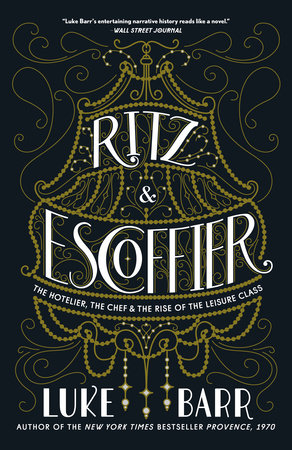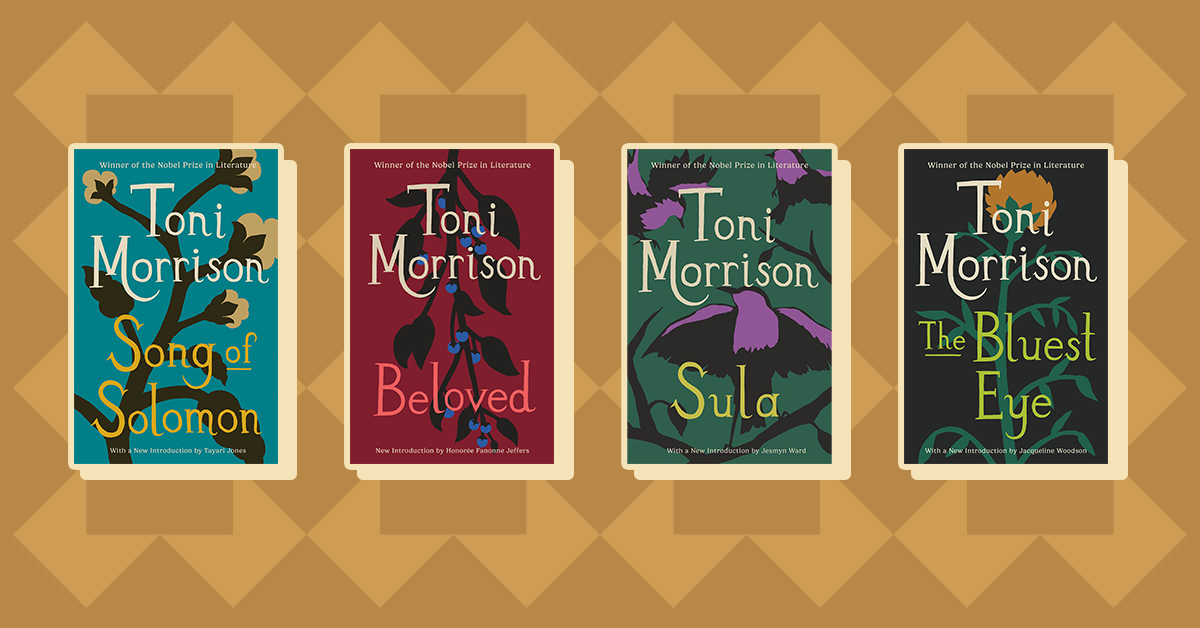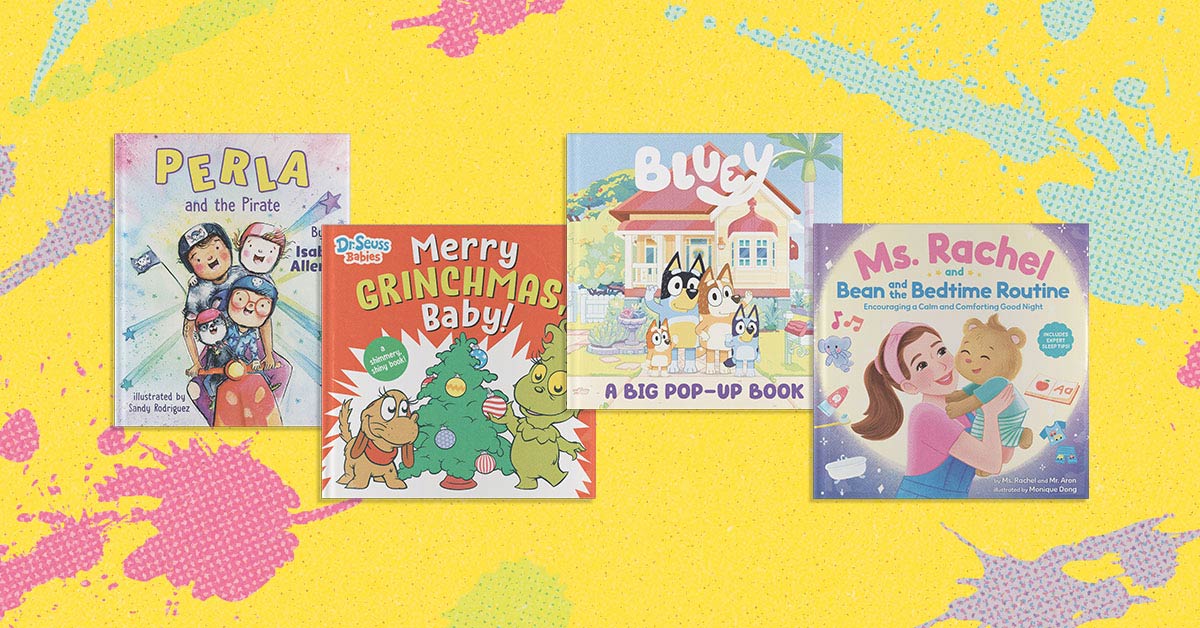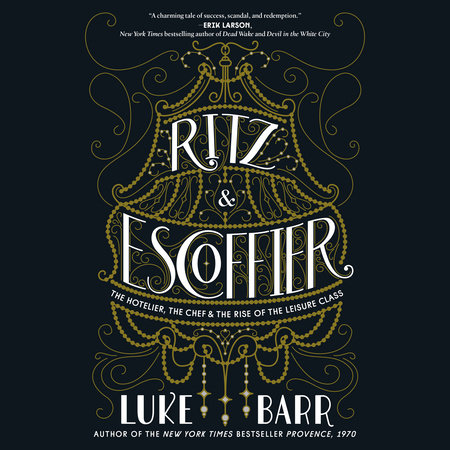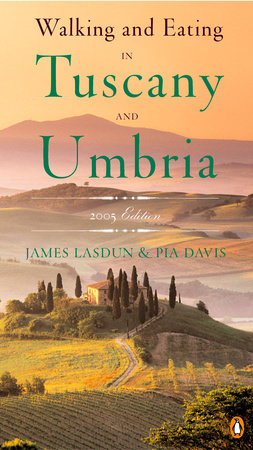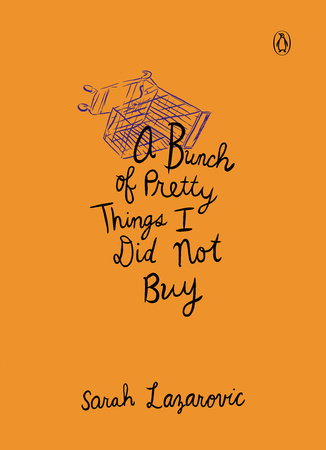A conversation with Luke Barr, author of
RITZ & ESCOFFIER
The Hotelier, The Chef & The Rise of the Leisure Class
Why was the Belle Epoque era such an exciting time?
The 1890s were a time of enormous change on many levels. Politically, you had the increasing prominence of the women’s, labor, and temperance movements. There was a rising new middle class, and the new prominence of women in public—entertaining in restaurants instead of at home, for example. Americans were traveling to Europe in ever larger numbers. In terms of innovations, the Savoy, for example, was the first hotel in London with electricity—allowing you the unheard-of luxury of turning your room lights on and off using a switch by the bed. It was also the first hotel with elevators, which guests gleefully rode up and down at the opening night party in 1889. All in all, this was the moment that a new kind of cosmopolitanism emerged.
What was significant about what César Ritz and Auguste Escoffier did at the Savoy?
Ritz and Escoffier invented the idea of the restaurant as theater, and food as luxury. The resulting openness of their hotels and restaurants, welcoming a never-before-seen mix of people from all parts of society, was a sign of the times, yes, but also an instrumental agent of change. The Savoy in 1890 was the first restaurant in London where respectable women came to entertain, where raffish Jewish gold and diamond entrepreneurs ate alongside princes, dukes, and barons, who ate alongside bohemian artists, writers, actors, and opera stars. That had never happened before.
Anyone—anyone with enough money to pay the bill, that is—was treated well at the Savoy. The nouveau riche had arrived (many of them from America), and they flocked to the hotel, which offered a new and democratic kind of luxury, cooking very much at the center of it. Escoffier and Ritz had intuited that the romance of the aristocracy could be translated for a broader audience. At a Ritz hotel, everyone was treated (and ate) like a king.
Tell us a bit about the guest’s experience at the Savoy, including what they might have eaten. Who might we have seen in the dining room if we’d been there then?
Ritz was a big believer in flowers—they were everywhere at his hotels and restaurants. The lighting was soft and flattering. (Ritz spent hours testing different-colored lampshades to find the perfect apricot-peach hue.) He hired an orchestra to play in the Savoy restaurant on weekend nights. So the room itself was glamorous, even as you walked in. And so was the clientele: aristocrats and socialites like Lord and Lady Randolph Churchill, Hwfa Williams, the Duc D’Orléans, Lady de Grey, Lily Langtry and Boni de Castellane. (The Prince of Wales, a frequent guest, always ate in a private room.) Tycoons and industrialists including Alfred Beit, Barney Barnato, and Cecil Rhodes. Actors, opera stars and writers, including Sarah Bernhardt, Arthur Sullivan, Nellie Melba, Beerbohm Tree, Oscar Wilde and Emile Zola. Journalists including Henry Labouchère of Truth and Henri Blowitz of the London Times. All of cosmopolitan London ate at the Savoy.
Escoffier served classical French cuisine, dishes like filets of sole, roast chicken with foie gras and truffles, and quail wrapped in grape leaves. He was an inventive chef, naming new dishes for celebrated guests—Pêches Melba, for example. He was also modernizing French cooking, removing unnecessary and inedible decorations from the plate, and streamlining work in the kitchen, allowing food to come out much faster than before.
How do Ritz and Escoffier’s legacies continue today?
They managed to re-frame the experience of eating in a restaurant or staying in a hotel, making it about more than the food, the bed, or the room. The Savoy and the Ritz embodied a very modern idea of luxury and hospitality, one that lives on today: they were quasi-public spaces where luxury and status and taste and style were fused together in new ways. What was truly innovative wasn’t just that the food was brilliant, or that the restaurants were filled with a variety of glamorous guests, or that the hotel staff seemed to anticipate what you wanted before you wanted it—it was that someone had thought to put all the elements together in the first place. And this was the alchemy that made Escoffier the first celebrity chef, and had Ritz pitting his own name on his hotels. I think it’s fair to say we would not have Ian Schrager or Danny Meyer or the Four Seasons or any number of others without them.
How is that two men from working class backgrounds came to define luxury?
What struck me first about Ritz and Escoffier as characters was just how familiar they were. The sheer ambition of both of these men, first of all—their desire for recognition and success—feels so modern, as does the sometimes agonizing shame and insecurity that drove them. Ritz especially was deeply self-conscious about his humble origins, always sure that someone would notice his large, peasant-sized hands and feet. (He wore his shoes a half-size too small for this reason.) Escoffier, meanwhile, had suffered through an unhappy apprenticeship in dark and hot restaurant kitchens, and was determined to improve the standing of cooks, instituting new rules (no shouting, drinking, or smoking in the kitchen) and demanding respect. I think it’s no coincidence that it was two outsiders who managed to create the perfect embodiment of luxury and style in a public venue. Each of them had been working since they were thirteen years old, serving the aristocratic and wealthy, and idolizing that world. Hyperaware of the privileges of status and wealth, they were able to create a kind of facsimile of the trappings of the aristocracy.
You describe Marie Ritz, César’s wife, as a groundbreaker. Why?
The role of women during this period was central to the social changes sweeping London and Paris. The so-called “New Woman” of the 1890s was liberated, independent, and educated; she rejected constrictive Victorian clothing like the bustle, rode bicycles, and smoked cigarettes in public. Marie was very much part of this generation, and as a result was a real partner to her husband, taking charge, for example, of many of the design decisions in their hotels, and running the business after Ritz became ill in 1902.
What was the scandal that led to Ritz and Escoffier being fired from the Savoy?
The crux of the scandal was that as Ritz and Escoffier made the Savoy an enormous success in the mid-1890s, they had “forgot they were servants, and assumed the attitude of masters and proprietors,” in the words of the Richard D’Oyly Carte, the owner of the hotel. Ritz routinely offered favored guests wine and champagne on the house, and Escoffier received gifts and kickback payments from his suppliers. Ritz was also planning to open his own hotel in Paris, for which Escoffier was designing the kitchen. They had become too successful and ambitious in the eyes of the Savoy’s board, and were fired. Ritz and Escoffier countersued for breach of contract, and the fight ended up in court, where it was eventually settled—both sides agreeing never to talk about it. And so the scandal was covered up for many years, and the truth only began to come out in the 1980s, almost one hundred years after the fact, when Paul Levy, the London-based food writer, was leaked a set of documents outlining the events of the late-1890s.
How did you conduct your research?
The Savoy and the Ritz both maintain historical archives, which were crucial to my research in London and Paris, and Escoffier’s grandson, Michel, runs a family museum in Villeneuve-Loubet, also a great resource. The Victoria and Albert Museum archives in London have all sorts of material related to Richard D’Oyly Carte and the Savoy Theatre. Most of all, though—to really understand the characters and their psychology—I relied on memoirs and contemporary accounts of Escoffier and Ritz and others. Of course I also visited the hotels themselves, much changed over the past century, but the spirit and magic of the places lives on.
